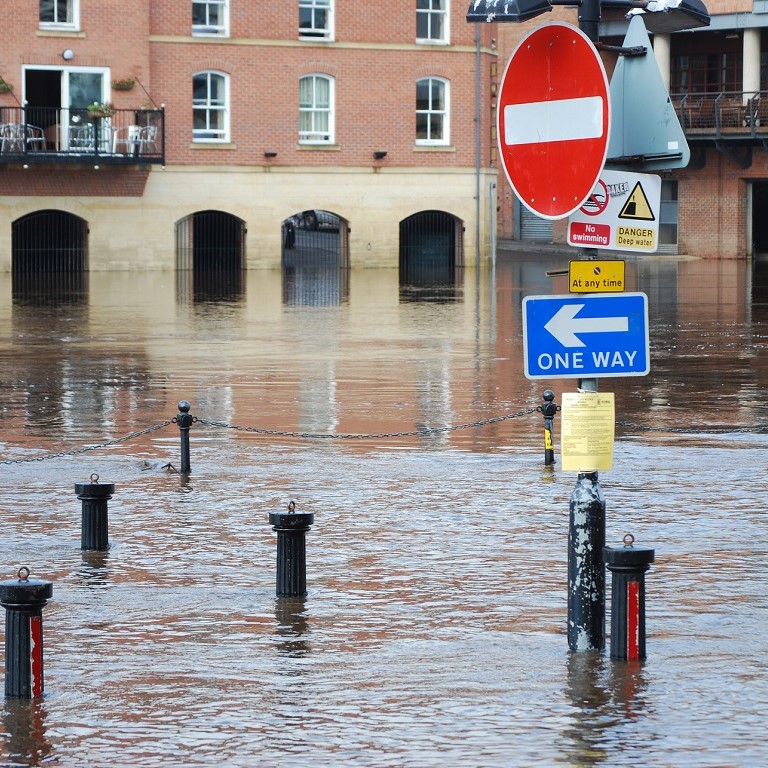The current inflationary and supply chain challenges in the UK has added pressure on historically thin profit margins for fleet and haulage operators. That’s why on Thursday 23rd June 2022 we assembled a team of experts to help you take the right steps to minimise the risks to your fleet, drivers and finances.
Watch the full discussion on YouTube or scroll down to catch up.
More of a reader? Here’s the key discussion points and takeaways you need to know.
Rising inflation
Skip to 3:40 in the recording.
Discussion points
- global pricing increases
- supply chain challenges
- Russia-Ukraine conflict demand following Covid-19
- theft
- shortage of parts, materials and skilled workers
- availability of new vehicles and impact on used vehicle market
- climate change and extreme weather
- increased business costs
- insurance pricing.
How hauliers can manage the risks associated with inflation
- Proactive accident avoidance strategies.
- Managing inexperienced drivers.
- Driver training programmes.
- Use of in-vehicle technology.
- Fast, efficient incident reporting procedures.
- Alternate power source vehicles.
- Management of repair network to keep costs down.
- Cost mitigation through good risk management.
Key takeaway
Mitigate risk where you can to avoid accidents - consider the current impact of inflation. If one of your drivers are unfortunate enough to be involved in an accident. It’s imperative to manage the claim process from start to finish. Otherwise, you're likely to be punished with higher costs of repair and insurance that have been driven by inflation. Driver training and vehicle maintenance is key to keeping claims and costs under control.
Read more about high inflation and the risk on underinsurance.
Driver retention and safety
Skip to 10:48 in the recording.
Discussion points
- wage inflation costs
- employee loyalty
- experienced driver departures following burnout and Covid-19 fallout
- new inexperienced drivers causing accidents
- manual handling risks
- poor facilities for drivers
- attracting new drivers
- industry perception.
Overcoming retention and safety issues
- Training and development plans linked to retention/continued employment.
- Workplace management.
- Understanding what employee benefits what matters most.
- Investment in facilities.
- Warehouse to wheels initiative.
Key takeaway
It’s a very scarce market for talent. Hauliers should try to cast their net as wide as possible and make sure that nobody is inadvertently excluded or is being discouraged for reasons that might not be appreciated. If the sector can help encourage previously discounted groups into the industry, it can only be a good thing. The Road Haulage Association and Women in Transport provide some great guidance and resources.
Learn more about managing people risks in haulage and logistics with our colleagues in Marsh.
Demystifying Environmental, Social, and Governance (ESG)
Skip to 22:58 in the recording.
Discussion points
- what ESG is and why it’s here
- legislative requirements
- why ESG must be on the agenda for hauliers
- ESG importance to a new generation of workers.
How hauliers can approach ESG
- Put in place a head of ESG.
- Develop an ESG team and framework.
- Invest in ESG to understand how this can benefit the business.
- Communicate what you do, don’t bury it on a corporate website.
- Consider your company profile to investors (banks), insurers, the general public and your employees (both current and prospective).
Key takeaway
ESG is often confused with climate change and net-zero, but it is so much more. ESG will become a big part of the tender process for hauliers looking to win business. The message of ESG is also being driven down the supply chain. Larger organisations are increasingly requesting reference to ESG strategies from their SME suppliers.
Learn more about what ESG is and why it’s important.
The practicality of reaching net-zero
Skip to 29:58 in the recording.
Discussion points
- difficulties decarbonising transport
- government policy timeframes
- UK infrastructure
- increasing cost of finance and insurance
- dovetailing with ESG
- failure to appreciate what’s required
- setting unrealistic/demotivating targets.
Reach net-zero – what’s required?
- Collaboration – between government and industries.
- Evaluating what technology is best for your business.
- Understanding and managing the risk – early engagement with brokers is key
- Don’t be afraid to bring in external expertise to support. Early investment can avoid wasted costs later on.
- Be realistic with what is achievable.
Key takeaway
This issue isn't going to go away and it's something that hauliers need to start thinking about if it's not on the agenda already, then it needs to be. There's various alternative fuel options out there - electric, gas, bio-methane, and LNG. Hydrogen fuel cells will probably come into play at some point as well. It’s important for hauliers to understand which one is the most practical and sustainable for their fleets. And hauliers shouldn’t be afraid to get external experts in to review these options for you.
Engaging early with your broker is also key to understanding the insurance implications of transitioning a fleet to a carbon-neutral form. This will enable hauliers to build in risk management and inflationary costs in terms of insurance premiums etc. into business plans.
Download our free net-zero guide.
Legislation and highway-code changes
Skip to 35:35 in the recording.
Discussion points
- Civil Liability Act (whiplash reforms)
- Changes to the Highway Code
- Automated and Electric Vehicles Act 2018.
Complying with legislation changes
- Ensure time requirements are adhered to for whiplash reforms.
- Review post-accident procedures.
- Understand what the ‘hierarchy of road users’ means for your drivers.
- Increase awareness regarding potential for fraud.
- Education around sudden braking of automated vehicles.
Key takeaway
Fraud is an important aspect to consider since whiplash reforms were introduced. If your driver has concerns an accident was in some way stage, a thorough post-accident investigation is crucial. Anecdotally, we’ve seen a number of claims where there was a desire to contest liability, however there’s been insufficient evidence.
- get witness statement from drivers
- provide journey details - driving conditions, what the driver saw in the build-up to the accident etc.
- details of the accident itself –what was said afterwards and commentary on anything that seemed off
- provide photographs of the scene and camera footage if vehicles have them.
Hauliers should also be conducting regular audits on the camera systems to make sure they're working.
Never miss an event again
Subscribe to our newsletter to learn about upcoming events, and to receive expert insights, advice and support for you and your business.
Real-world insight that we don't share anywhere else
Get access to exclusive help, advice and support, delivered straight to your inbox.









